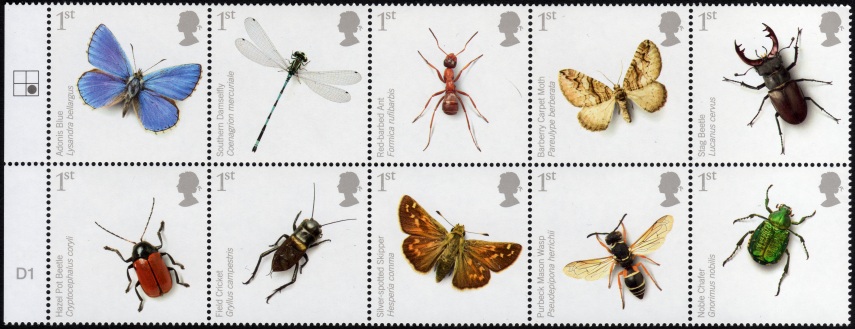When American entomologist Bradford Lister first visited El Yunque National Forest in Puerto Rico in 1976, little did he know that a long-term study he was about to embark on would, 40 years later, reveal a “hyperalarming” new reality. In those decades, populations of arthropods, including insects and creepy crawlies like spiders and centipedes, had plunged by an almost unimaginable 98% in El Yunque, the only tropical rainforest within the US National Forest System. Unsurprisingly, insectivores (populations of animals that feed on insects), including birds, lizards, and toads, had experienced similarly dramatic plunges, with some species vanishing entirely from that rainforest.
If anything, the 148-page Living Planet Report published this October by the World Wildlife Fund International and the Zoological Society of London only intensified the sense of urgency in their paper. As a comprehensive survey of the health of our planet and the impact of human activity on other species, its key message was grim indeed: between 1970 and 2014, it found, monitored populations of vertebrates had declined in abundance by an average of 60% globally, with particularly pronounced losses in the tropics and in freshwater systems. South and Central America suffered a dramatic loss of 89% of such vertebrates, while freshwater populations of vertebrates declined by a lesser but still staggering 83% worldwide. The results were based on 16,704 populations of 4,005 vertebrate species, which meant that the study was not claiming a comprehensive census of all vertebrate populations. It should instead be treated as a barometer of trends in monitored populations of them.
Source: Truthaut, 28 December 2018
https://truthout.org/articles/from-insects-to-starfish-were-edging-towa…

- Login om te reageren
